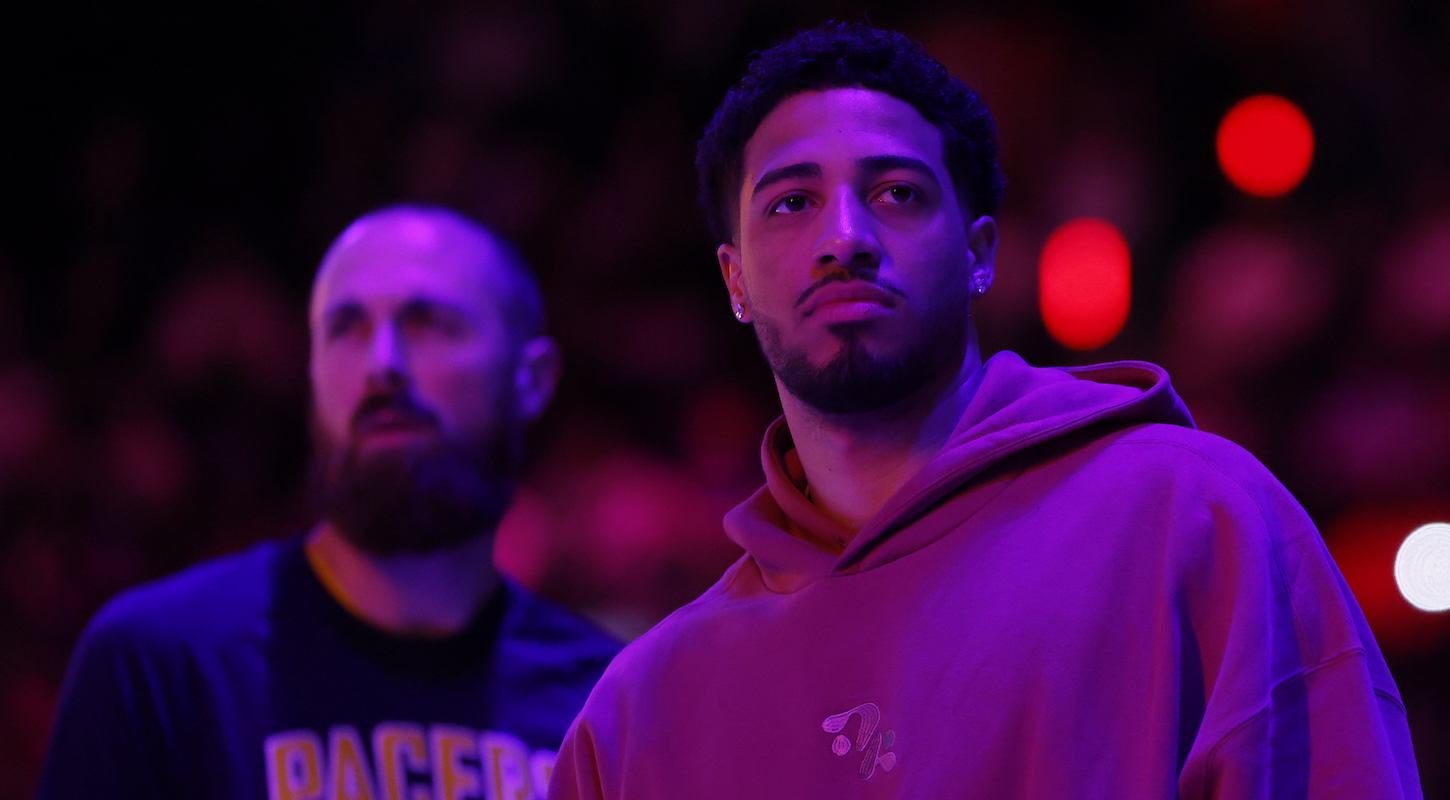Tom Brady's post-playing career transition to "Weird Rich Guy" appears nearly complete. He announced on Tuesday that he had his old dead dog cloned.
Lua, a pit bull mix, died in 2023. Brady's new dog Junie, he revealed, is an exact genetic clone of Lua, whose DNA was preserved before her death. Like all normal pet owners, Brady announced his new dog via press release to People magazine:
"I love my animals. They mean the world to me and my family. A few years ago, I worked with Colossal and leveraged their non-invasive cloning technology through a simple blood draw of our family's elderly dog before she passed.”
It'll cost you $50,000 to clone your dog or cat, or $85,000 for your horse, which seems like a bargain on a per-pound basis. But Brady probably didn't pay retail: He's an investor in Colossal Biosciences, which just announced its purchase of another company, Viagen, that previously made headlines for cloning the pet dogs of Barbra Streisand and Paris Hilton. It's hard for me to imagine a more heartwarming family moment than bringing home a new puppy while simultaneously leveraging M&A announcements via omnichannel synergies to pump your biotech investment. I think we can all relate.
Cloning pets is a tricky business, and not just the ethical side of it. Snuppy the Afghan hound, born in 2005, was the first cloned dog, and required hundreds of failed attempts, the clones either dying in utero or shortly after birth. The scientists who cloned Snuppy required more than 1,000 embryos implanted in 123 surrogate dogs to produce just three viable puppies, according to Scientific American. While the science has progressed since then, the success rate is still only around 20 percent—though Viagen claims a much higher rate in its marketing materials.
Another, kind of important thing: It's not the same dog. Junie is not Lua, just as we are not just the sum of our genes, but an ineffable product of our experiences. Streisand cloned her dog twice, and said each of the new dogs has a different personality than the original, and different from each other. "Everything that matters to us about the personality of a dog is not in those genes," Alexandra Horowitz, director of the Dog Cognition Lab at Barnard College, told Smithsonian magazine. "Everything is in the interaction of that genome with the environment, starting from the time they’re in utero."
I will give Colossal Biosciences this, about their pivot into commercial pet cloning: At least it's pretty settled science, which is more than you can say about most of Colossal's past and ongoing ventures. Every six months or so, Colossal initiates a big press push to celebrate how close they claim to be to cloning and reviving the woolly mammoth. Sometimes this takes the form of genetically engineering a fluffier mouse and saying it's a "woolly" mouse. Sometimes it looks like claiming to have de-extincted the dire wolf, when what they did is genetically edit various traits in regular wolf DNA, without using any actual dire wolf genetic material. It is probably helpful to think of Colossal less as a scientific venture and more as a tech company without a viable commercial product, but with a tremendous PR machine aimed at boosting the company's valuation.
Which makes it the perfect company for Tom Brady to get in bed with. After all, he's got a thing for working with the world's most evil organizations, like Fanatics, the Kingdom of Saudi Arabia, and most depraved of all, the Raiders.







